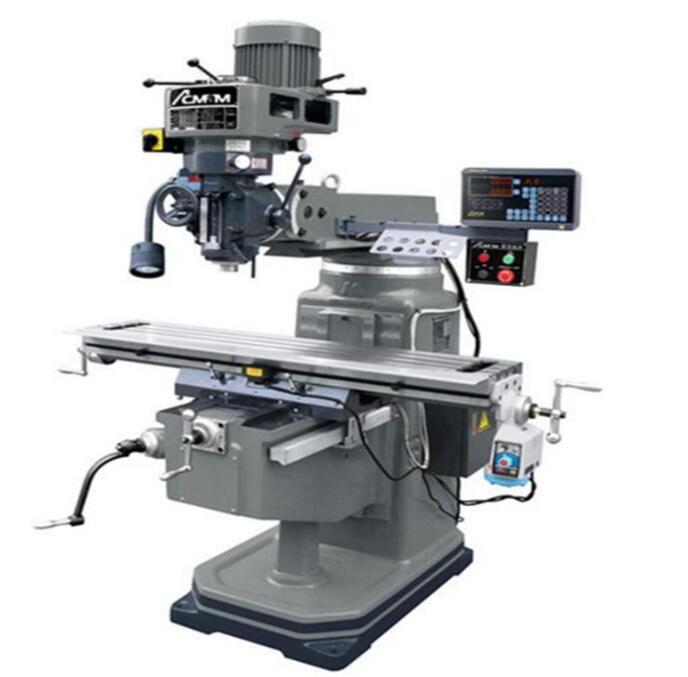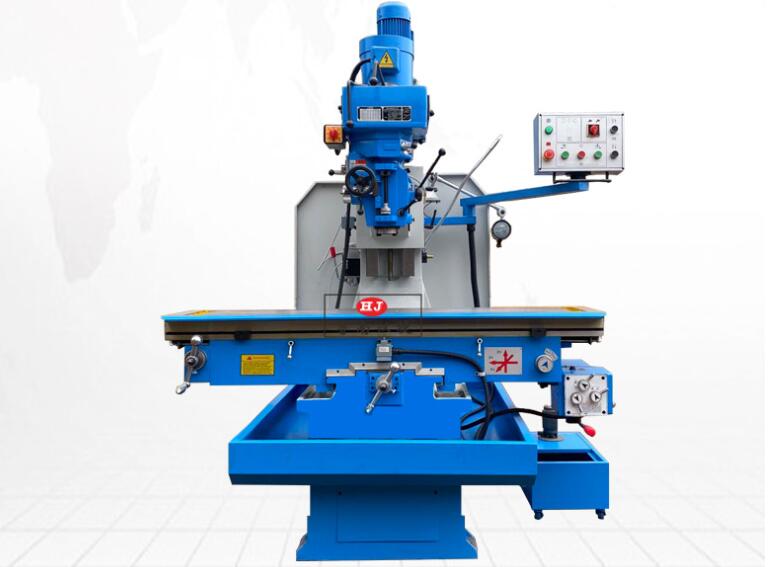Horizontal milling machines come in two main types: plain and universal.
Plain type has a fixed spindle head and is typically used for large, heavy pieces.
Universal milling machines feature a spindle head that can be adjusted to perform a wide range of milling operations, offering increased versatility.
Advantages of Using Horizontal Milling Machines
Enhanced Chip Removal and Surface Quality
One of the primary benefits of a horizontal mill is its superior chip removal capacity. As the horizontal milling process propels chips away from the workpiece, it prevents them from being recut, which in turn leads to a smoother surface quality. Moreover, because the cutting forces are directed down towards the machine table, the likelihood of vibration and tool deflection is significantly reduced.
Greater Stability in Deep Cutting Processes
Horizontal vs vertical milling machine—when it comes to deep cutting processes, the horizontal mill has a distinct advantage. The over-arm on the horizontal machine provides extra support, facilitating stable and robust cutting, even when dealing with deep grooves or slots. This feature is especially valuable when working with heavy or hard materials.
Capability of Processing Intricate Shapes
In a horizontal mill vs vertical mill comparison, the former emerges as the winner for tasks that require intricate shapes. The horizontal milling machine allows for multi-angle milling and the inclusion of many cutting tools, which makes it possible to create complex geometrical shapes.
Increased Productivity
Horizontal milling machines are typically more robust and powerful than vertical milling machine operations, leading to faster material removal rates and enhanced productivity. This capability makes them an ideal choice for high-volume manufacturing processes.
Disadvantages of Horizontal Milling Machines
High cost
One significant disadvantage of a horizontal milling machine, especially a small horizontal mill, is its high cost. They require more substantial initial investment compared to vertical machines. The upkeep and maintenance costs can also be relatively high.
Challenges in Locating Skilled Operators
Operating a horizontal milling machine requires more skill and training than handling a vertical milling machine. Therefore, finding operators who are competent to work with horizontal mills can be challenging.






